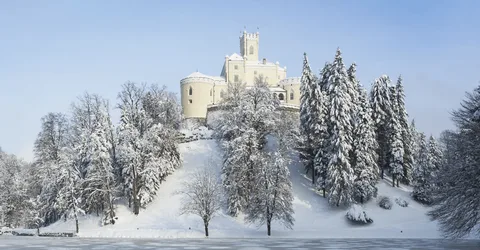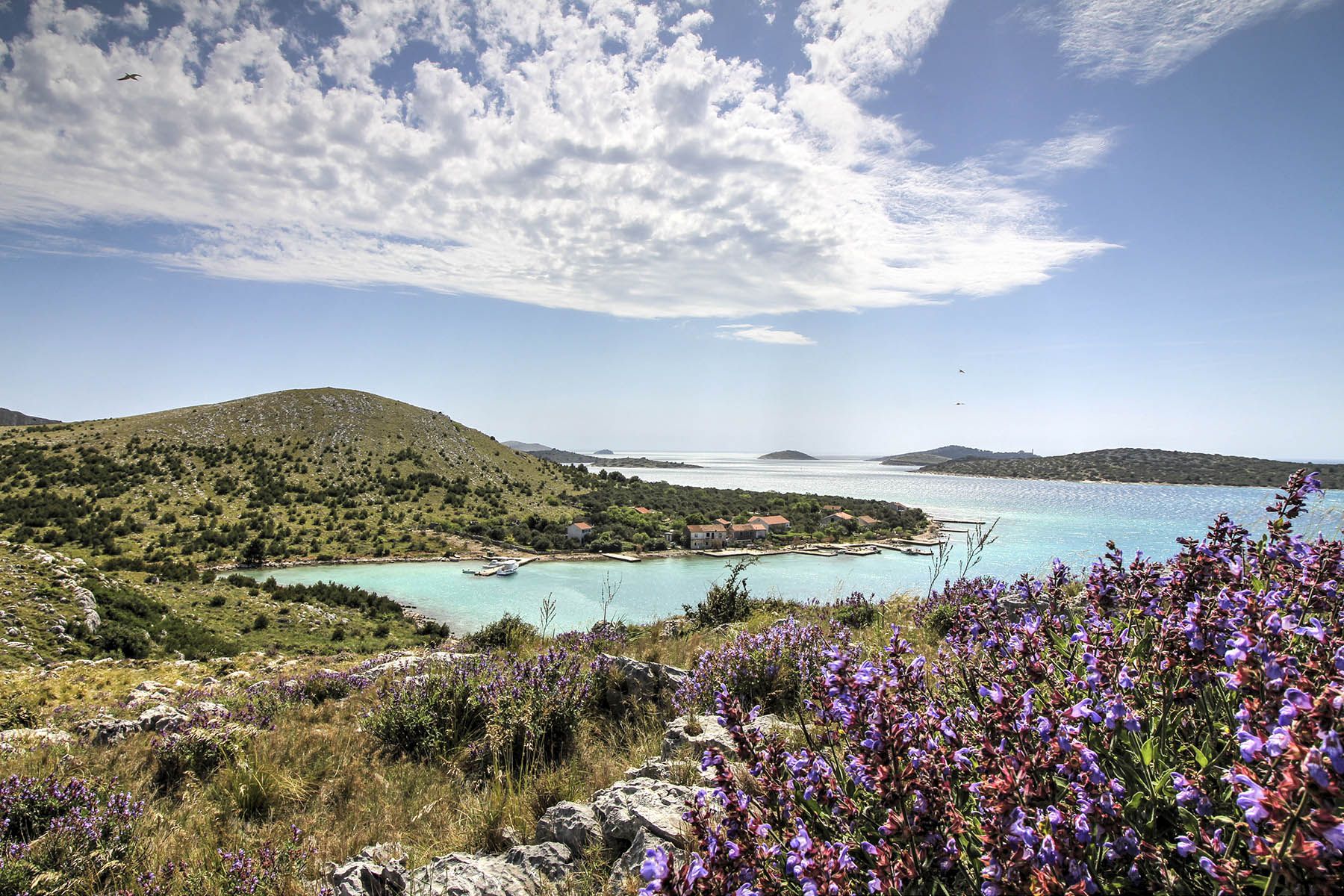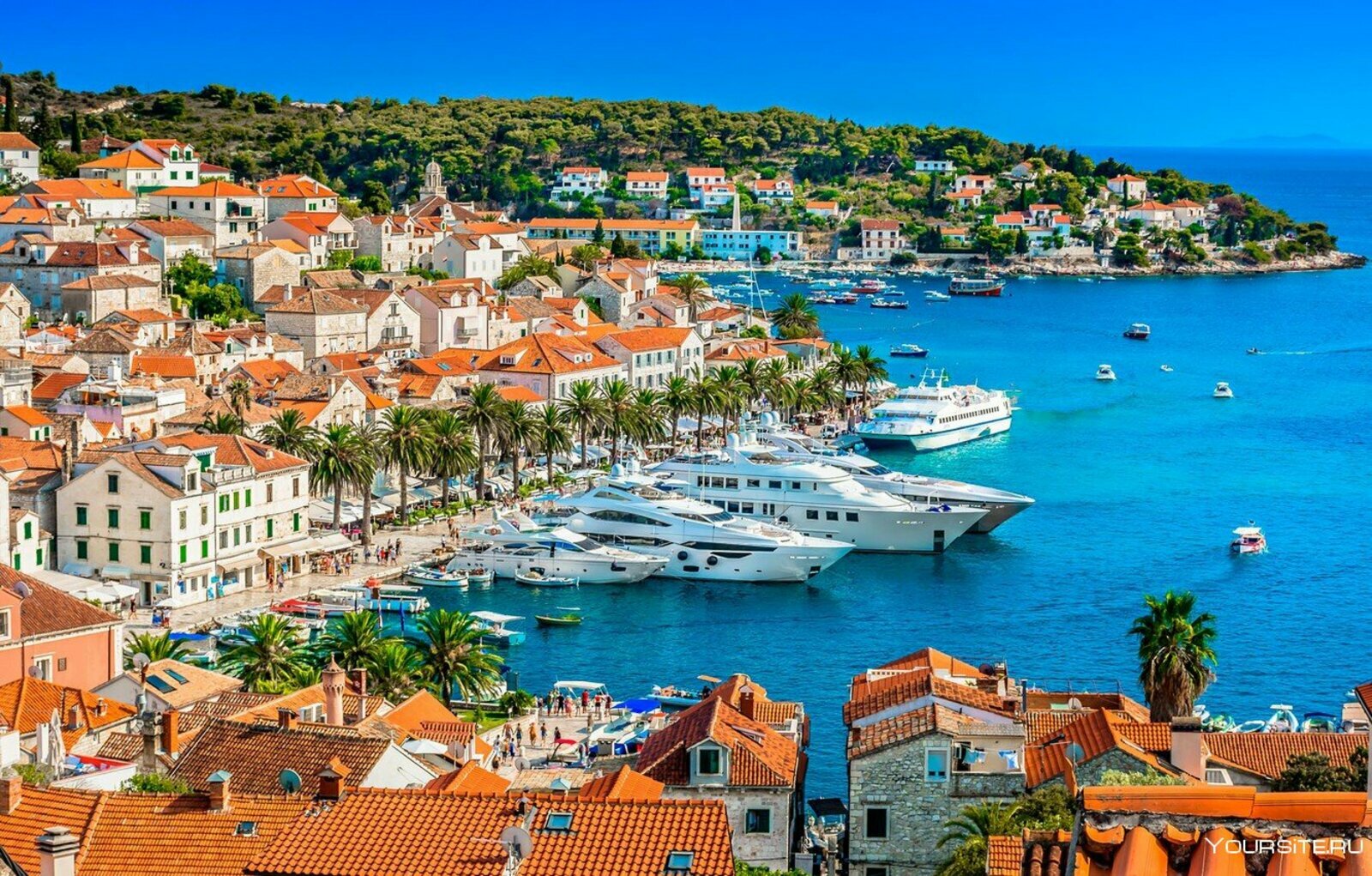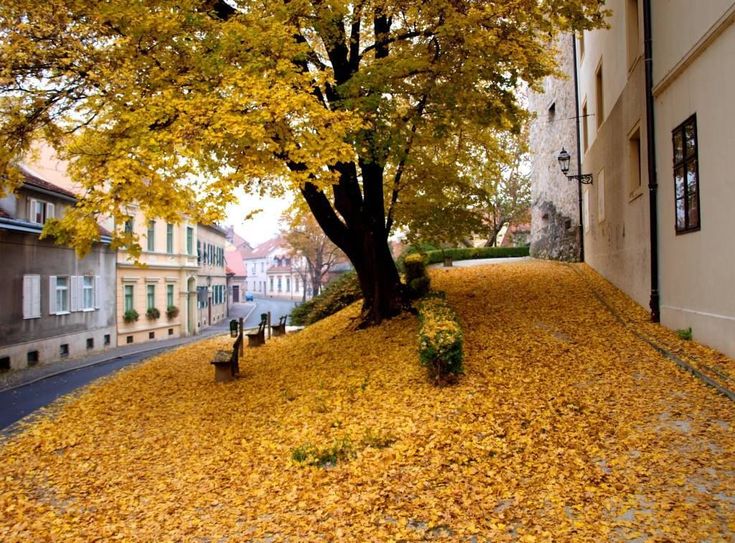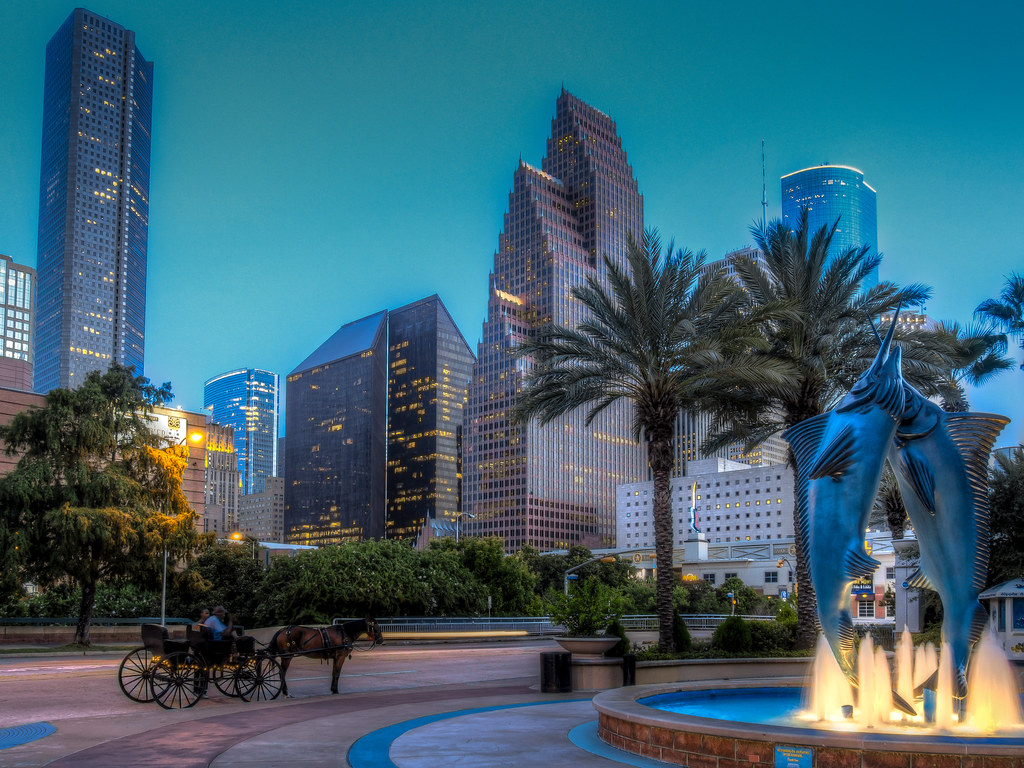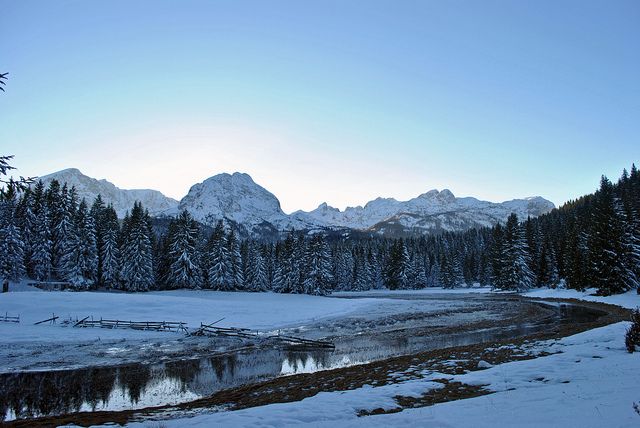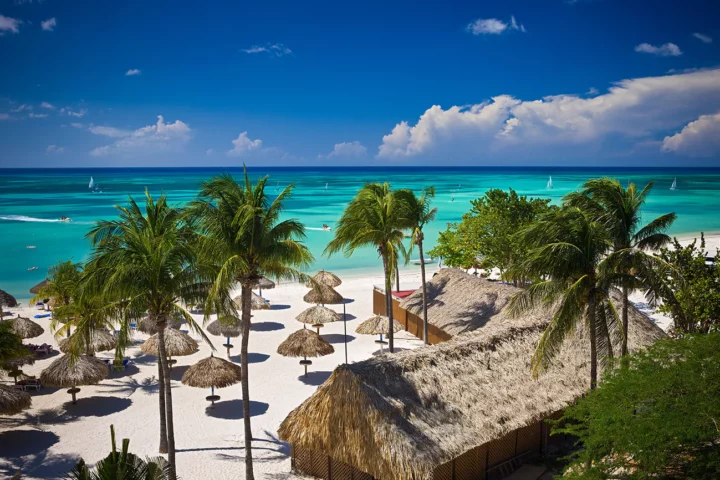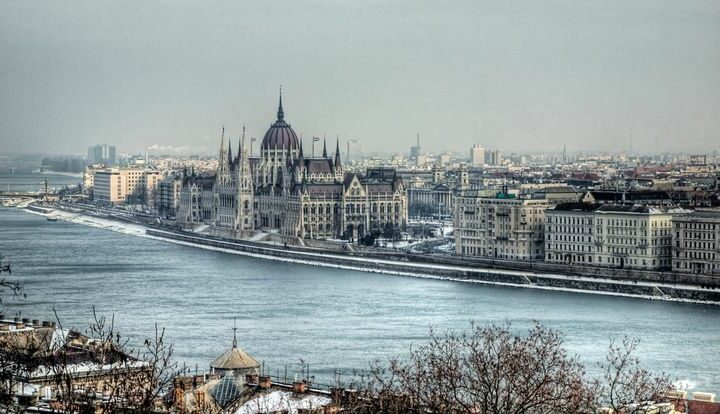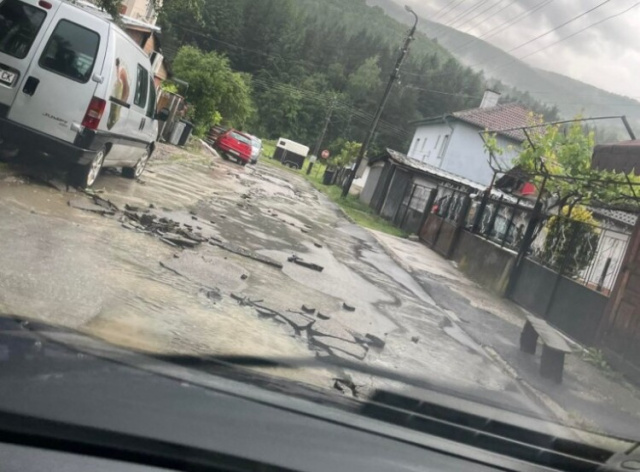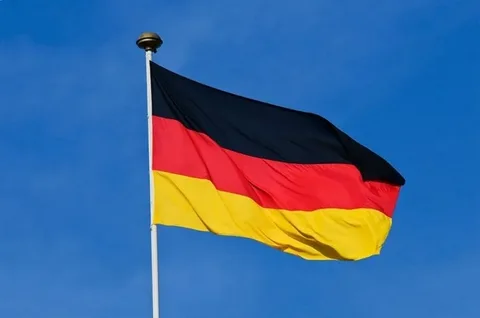Spring (March to May)
Mild Temperatures and Pleasant Weather
- Croatia’s spring season, spanning from March to May, is characterized by mild temperatures and pleasant weather.
- The month of March marks the beginning of spring in Croatia, with daytime temperatures gradually warming up and averaging around 12°C (54°F) along the coast and 14°C (57°F) inland.
- Nights can still be chilly, particularly in the northern regions and at higher elevations, but the overall trend is towards milder conditions.
- As the season progresses into April, temperatures rise further, with daytime highs reaching up to 18°C (64°F) along the coast and 20°C (68°F) inland.
- The average temperature in coastal areas increases by about 2-3°C (3.6-5.4°F) during this period, making it an ideal time for outdoor activities like swimming, cycling, or hiking.
- May is the warmest month of spring in Croatia, with temperatures often reaching up to 22°C (72°F) along the coast and 24°C (75°F) inland during the day.
- The pleasant weather and warm temperatures make May an excellent time for water sports, beach trips, or exploring the country’s many national parks.
- In general, spring is a great time to visit Croatia if you prefer mild temperatures and want to avoid the peak summer crowds.
Average high temperature in March is 14°C, increasing to 20°C by May
- Croatia’s spring season typically lasts from March to May, marking a significant change from the cold winter months.
- This period sees a gradual warming trend, with average high temperatures increasing throughout the three-month span.
Weather Conditions
- March: Mild temperatures start to prevail in March, with an average high temperature of 14°C (57.2°F). Overnight lows still dip to around 6-7°C (42.8-44.6°F), but the days grow longer and sunnier.
- April: As spring gains momentum, the average high temperature rises to approximately 18°C (64.4°F). Overnight temperatures remain relatively cool, ranging from 9-10°C (48.2-50°F).
- May: By May, Croatia’s climate has warmed up significantly, with an average high temperature of 20°C (68°F). Overnight lows now typically range between 12-14°C (53.6-57.2°F), making it a pleasant time to explore the country.
During this period, spring showers become less frequent, and the days grow longer, with an average of 9 hours of sunshine in March, increasing to around 10 hours by May.
Croatian cities such as Zagreb and Split experience a more rapid warming trend than coastal areas like Dubrovnik, which tend to remain slightly cooler due to the moderating influence of the Adriatic Sea.
What to Expect
As spring progresses in Croatia, tourists can expect an increase in outdoor activities such as hiking, biking, and exploring the countryside. The country’s natural beauty is particularly stunning during this time, with blooming wildflowers and greenery.
The shoulder season offers a more relaxed atmosphere, making it ideal for those who prefer to avoid peak tourist crowds. Visitors can take advantage of lower prices on accommodations and tour packages, while still enjoying the pleasant spring weather.
Events
- Festivals: Many cultural festivals and events take place in Croatia during the spring months, celebrating music, art, and traditional folk customs.
- Hiking and outdoor activities: Spring is an excellent time for hiking and exploring Croatia’s beautiful national parks and nature reserves.
Sunshine hours are highest in April and May, with an average of 910 hours per day
- Spring in Croatia marks a welcome change from the cold winter months, bringing with it mild temperatures and an explosion of colorful flowers and greenery.
- March is often considered one of the best times to visit Croatia’s national parks, as the snow begins to melt, revealing hidden waterfalls and picturesque landscapes.
- The average temperature in March is around 12°C (54°F) along the coast, while inland areas experience slightly cooler temperatures ranging from 8-10°C (46-50°F).
- As the weather gradually warms up, sunshine hours increase significantly, with an average of 7 hours of direct sunlight per day.
- In April, the country experiences its first taste of warm spring weather, with daytime temperatures often reaching 18-20°C (64-68°F) along the coast and 14-16°C (57-61°F) inland.
- The sunshine hours are at their highest in April and May, with an average of 910 hours per day in these two months, making it perfect for outdoor activities like hiking and beach trips.
- May brings a slight increase in temperature, with daytime highs often reaching 22-24°C (72-75°F) along the coast and 18-20°C (64-68°F) inland.
- While spring showers are not uncommon, they usually don’t last long, making it an excellent time to explore Croatia’s vibrant cities, beautiful beaches, and stunning natural attractions without the crowds that come with peak tourist season.
Spring showers can occur, but they’re usually brief
Spring in Croatia is a season of renewal and transition, typically taking place from March to May. This period marks the end of winter’s chill and the beginning of warmer temperatures that signal the arrival of summer.
During this time, days get noticeably longer, with the sun shining brightly for more hours each day. The average high temperature in March is around 12-13°C (54-56°F), while April and May see an increase to 18-20°C (64-68°F).
The weather can be quite unpredictable during spring, with occasional rain showers breaking the otherwise clear skies. These “spring showers” are often brief and don’t last for long, usually clearing up within a few hours.
Despite the potential for rain, the overall trend is towards increasingly pleasant conditions as spring progresses. Temperatures continue to rise, and sunshine becomes more frequent and intense.
In March, some parts of Croatia may still experience occasional frost or cool nights, but as the season warms up, these occurrences become less common. By April and May, the air is filled with the sweet scent of blooming flowers, adding to the vibrant atmosphere.
Citizens of Croatia and visitors alike can enjoy a wide range of outdoor activities during spring. From hiking in the mountains to cycling through picturesque villages, there’s no shortage of options for exploring this beautiful country under the warm sun.
Summer (June to August)
Warm Weather and Peak Tourist Season
Sumer, spanning from June to August, is a period of warm weather in Croatia that coincides with peak tourist season.
The summer months bring high temperatures and plenty of sunshine, making it an ideal time for visitors to enjoy outdoor activities such as swimming, hiking, and exploring the country’s beautiful landscapes.
June marks the beginning of summer, with average highs ranging from 22-25°C (72-77°F) along the coast and inland regions respectively.
- Croatian coastal towns like Split, Dubrovnik, and Zadar experience a subtropical climate during this time, with temperatures occasionally reaching up to 30°C (86°F)
As summer progresses into July and August, temperatures rise further, often exceeding 32-35°C (90-95°F) in the southern regions.
- The Adriatic Sea, which borders Croatia’s coast, warms up to a pleasant temperature of around 25-26°C (77-79°F), making it perfect for swimming and other water activities
- Humidity levels are generally high during this period, especially in inland areas where the air can feel thick with heat
The peak tourist season in Croatia usually starts in late June and lasts until mid-August, with the majority of visitors arriving in July.
This is due to the pleasant weather conditions, as well as the numerous cultural and sporting events that take place throughout the country during this time.
Summer months have high temperatures, with average highs often above 28°C
The warmest season in Croatia, Summer (June to August), brings high temperatures and sunshine to the country’s mainland and islands.
During this time, average highs often soar above 28°C (82°F), while lows can range from 18°C to 22°C (64°F to 72°F) in the evening. This is due to the fact that Croatia is located in a region where the Mediterranean and European climate zones meet.
June marks the beginning of Summer, with average highs slowly increasing throughout the month. Daytime temperatures usually range from 25°C (77°F) to 27°C (81°F), while nighttime temperatures can dip as low as 15°C (59°F) in some areas.
In July and August, the Summer heat peaks, with average highs often reaching above 30°C (86°F). The highest temperature ever recorded in Croatia was 42.1°C (107.8°F), which occurred on July 5th, 200 However, this is an extreme anomaly.
August tends to be slightly cooler than July due to the decrease in insolation (the amount of solar radiation received by a surface). Nonetheless, daytime temperatures are still usually around 30°C (86°F) or higher throughout the day, while nighttime temperatures can dip as low as 18°C (64°F).
The Adriatic Sea temperature warms up significantly during Summer, with an average temperature of around 23°C to 25°C (73.4°F to 77°F). This makes it ideal for swimming and other water activities.
Sunshine is abundant, with an average of 1011 hours per day in June and July
Croatia’s summer season typically spans from June to August, offering a warm and sunny climate that makes it an ideal time to visit.
During this period, sunshine is abundant, with an average of 10-11 hours per day in both June and July. This means that visitors can enjoy the country’s beautiful beaches, islands, and mountains under plenty of sunlight.
The month of June marks the beginning of summer in Croatia, with temperatures gradually warming up throughout the month. Average highs range from 25°C (77°F) to 28°C (82°F), while lows rarely drop below 16°C (61°F).
July is usually the warmest month of the year in Croatia, with average highs reaching as high as 31°C (88°F). It’s also a popular time for tourists and locals alike, with many festivals and events taking place throughout the country.
The summer months are perfect for outdoor activities such as swimming, snorkeling, kayaking, and hiking. The crystal-clear waters of Croatia’s Adriatic coast offer a unique opportunity to explore the underwater world, while the islands provide a tranquil escape from the bustling cities.
August is another warm month in Croatia, with temperatures slightly lower than July but still pleasant for outdoor activities. It’s also a great time for food and wine enthusiasts, as many festivals and events focus on local cuisine and wine.
In terms of weather conditions, summer in Croatia is characterized by mild humidity levels, averaging around 60-70%. The temperature rarely drops below 10°C (50°F) or rises above 35°C (95°F), making it an ideal time for a Mediterranean getaway.
Mediterranean Sea temperature is warm enough for swimming from June to September
- The summer months, which typically span from June to August, are considered the peak tourist season in Croatia.
- During this time, the country enjoys warm and sunny weather, making it an ideal destination for those seeking a Mediterranean getaway.
- The Mediterranean Sea temperature is warm enough for swimming from June to September, with average water temperatures ranging from 22°C (72°F) in June to 25°C (77°F) in August.
- This means that visitors can enjoy a refreshing dip in the sea or engage in various water activities like snorkeling, scuba diving, or simply floating on their backs and soaking up the sun.
- June is usually the beginning of the summer season, with temperatures gradually warming up as the month progresses. Daytime temperatures typically reach the mid-20s to low 30s (77°F – 86°F), while nighttime temperatures can dip to around 15°C (59°F).
- By July and August, the temperatures have reached their peak, with daytime temperatures often soaring above 35°C (95°F). However, even during these hot summer months, the sea temperature remains pleasant for swimming.
- In addition to the warm weather, June to August is also the time when Croatia’s countryside and national parks are in full bloom, creating a picturesque landscape of greenery and colorful wildflowers.
Autumn (September to November)
Mild Weather and Harvest Season
The autumn season in Croatia, spanning from September to November, brings a unique combination of mild weather and a bountiful harvest season.
During this time, the summer heat has dissipated, and the temperatures begin to cool down, making it an ideal period for outdoor activities and sightseeing. The average high temperature ranges from 22°C (72°F) in September to 14°C (57°F) in November, while the low temperatures drop to around 12°C (54°F) in November.
The autumn season is also characterized by a significant amount of rainfall, with an average of 100 mm (4 in) in September and up to 120 mm (5 in) in November. However, the rain showers are often accompanied by beautiful sunshine, making it perfect for exploring Croatia’s stunning natural beauty.
One of the highlights of autumn in Croatia is the harvest season, which brings an array of delicious fruits and vegetables to local markets. Visitors can sample fresh grapes, figs, pomegranates, and other seasonal produce, often enjoyed in traditional Croatian dishes such as peka (a slow-cooked meat or vegetable dish) and palacinke (Croatian pancakes).
As the season progresses, the landscape transforms into a kaleidoscope of autumn colors, with trees donning shades of golden brown, crimson red, and amber orange. This picturesque scenery makes it an ideal time for hiking, biking, or simply taking a leisurely stroll through Croatia’s countryside.
Culture lovers will also appreciate the numerous festivals and events that take place during this period. For example, the Dubrovnik Festival, which typically occurs in September and October, features a range of music, dance, and theater performances. Similarly, the Split Film Festival, held in September, showcases an impressive lineup of international films.
In summary, autumn is a wonderful time to visit Croatia, offering pleasant weather, a rich harvest season, and a unique cultural experience that showcases the country’s rich heritage.
Autumn days are generally mild, with average highs ranging from 17°C to 20°C
Autumn, which spans September to November, brings a welcome respite from the sweltering heat of summer in Croatia. During this time, the country experiences a transition from warmth to cooler temperatures, paving the way for a new season.
As the days shorten and the nights grow longer, autumn days are generally mild, with average highs ranging from 17°C to 20°C (63°F to 68°F). The pleasant weather is perfect for exploring Croatia’s rich cultural heritage, indulging in local cuisine, or simply enjoying the beautiful landscapes.
September is a great month to visit Croatia as the crowds of tourists that flock to the country during the summer months have dissipated. This allows visitors to explore popular destinations like Dubrovnik, Split, and Plitvice Lakes National Park without the hustle and bustle.
The weather in October and November is usually cooler than September, with average highs ranging from 14°C to 17°C (57°F to 63°F). However, the mild temperatures make it an ideal time for outdoor activities like hiking, biking, or taking a scenic drive through the countryside.
One of the highlights of autumn in Croatia is the stunning display of foliage. The changing leaves turn many parts of the country into a kaleidoscope of colors, making it a photographer’s paradise. The Plitvice Lakes National Park, with its 16 interconnected lakes and waterfalls, is particularly breathtaking during this time.
Autumn is also an excellent season for foodies, as many Croatian restaurants offer seasonal menus featuring locally sourced produce. Be sure to try some of the traditional dishes like paprikaš (a hearty meat stew), goulash, or peka (a slow-cooked meat dish topped with a crust). Don’t forget to wash it down with a glass of excellent Croatian wine.
In conclusion, autumn is an incredible time to visit Croatia. The pleasant weather, stunning landscapes, and rich cultural heritage make it an ideal destination for anyone looking to experience the best of what this beautiful country has to offer.
Sunshine hours decrease as the seasons transition, but still offer an average of 67 hours per day in November
- As the summer months come to a close and autumn sets in, September, October, and November bring a welcome change in weather in Croatia.
- During this period, which spans from September 1st to November 30th, the temperatures gradually cool down as the seasons transition from warm to mild.
- The average sunshine hours during this time frame decrease compared to the peak summer months but still offer an impressive amount of sunlight, making it ideal for outdoor activities and exploring Croatia’s stunning natural beauty.
- September enjoys a pleasant climate with an average temperature ranging between 12°C (54°F) and 23°C (73°F), while October averages around 9°C (48°F) to 19°C (66°F).
- November, the last month of autumn in Croatia, experiences milder temperatures, with averages between 4°C (39°F) and 14°C (57°F). It’s also worth noting that November still offers a respectable average of approximately 67 sunshine hours per day.
- Autumn is an excellent time to visit Croatia if you want to avoid the summer crowds while still enjoying the warm, sunny weather.
- The region experiences fewer tourists during this period, allowing for a more relaxed atmosphere and a chance to discover hidden gems.
- Additionally, autumn brings a wide range of festivals and events across Croatia, celebrating everything from music and dance to food and wine.
- Some popular autumn festivals in Croatia include the Dubrovnik Festival, Split’s Summer Fest, and the Zagreb Film Festival.
- The autumn season is also characterized by the rich harvests that bring an array of delicious local produce, such as grapes, olives, and mushrooms.
- Cooking classes and wine tastings are excellent ways to experience Croatia’s culinary delights during this time.
Rainfall increases in autumn, with most precipitation occurring during this period
- The onset of autumn in Croatia, spanning from September to November, brings with it a significant change in weather patterns.
- One notable feature of autumn in this region is the increase in rainfall during these months, marking the beginning of the wet season.
- Rainfall becomes more frequent and intense as the season progresses, peaking towards the end of October and early November.
- In terms of precipitation, Croatia experiences a total of around 60-80 mm (2.4-3.1 in) of rainfall in September, with an average of 7-8 rainy days throughout the month.
- This trend continues into October, where the country receives approximately 100-120 mm (3.9-4.7 in) of precipitation, often accompanied by 10-12 rainy days.
- By November, the rainfall increases further, with around 150-180 mm (5.9-7 in) recorded and an average of 15-17 rainy days throughout the month.
- The increase in rainfall during autumn is mainly attributed to the changing atmospheric circulation patterns, where low-pressure systems become more prominent.
- These low-pressure systems bring moisture-laden air from the Mediterranean Sea and Atlantic Ocean, leading to increased precipitation across Croatia.
- The average temperature during autumn ranges from 12-15°C (54-59°F) in September, gradually decreasing to around 8-10°C (46-50°F) by November, with occasional cold snaps.
- Despite the chillier temperatures, autumn remains a beautiful season in Croatia, with the foliage changing colors and creating stunning landscapes across the country’s countryside and coastal areas.
Rainfall Statistics
- September: 60-80 mm (2.4-3.1 in) of rainfall; 7-8 rainy days
- October: 100-120 mm (3.9-4.7 in) of rainfall; 10-12 rainy days
- November: 150-180 mm (5.9-7 in) of rainfall; 15-17 rainy days
Average Temperature
- September: 12-15°C (54-59°F)
- October: 10-13°C (50-56°F)
- November: 8-10°C (46-50°F)
Precipitation Pattern
Croatia experiences an increase in rainfall from September to November, peaking during the latter part of October and early November.
Notable Weather Phenomena
- Cold snaps: Occasional drops in temperature, often accompanied by heavy rainfall
- Fog: Dense fog is common in Croatia’s valleys and low-lying areas during autumn mornings
- Cities And Towns In Hot Spring County, Arkansas - September 3, 2024
- Cities And Towns In Inyo County, California - September 3, 2024
- Cities And Towns In Grant County, Arkansas - September 3, 2024

